AI agents in insurance are redefining claims, fraud, and underwriting. Explore the technical blueprint guiding the industry into the next era.


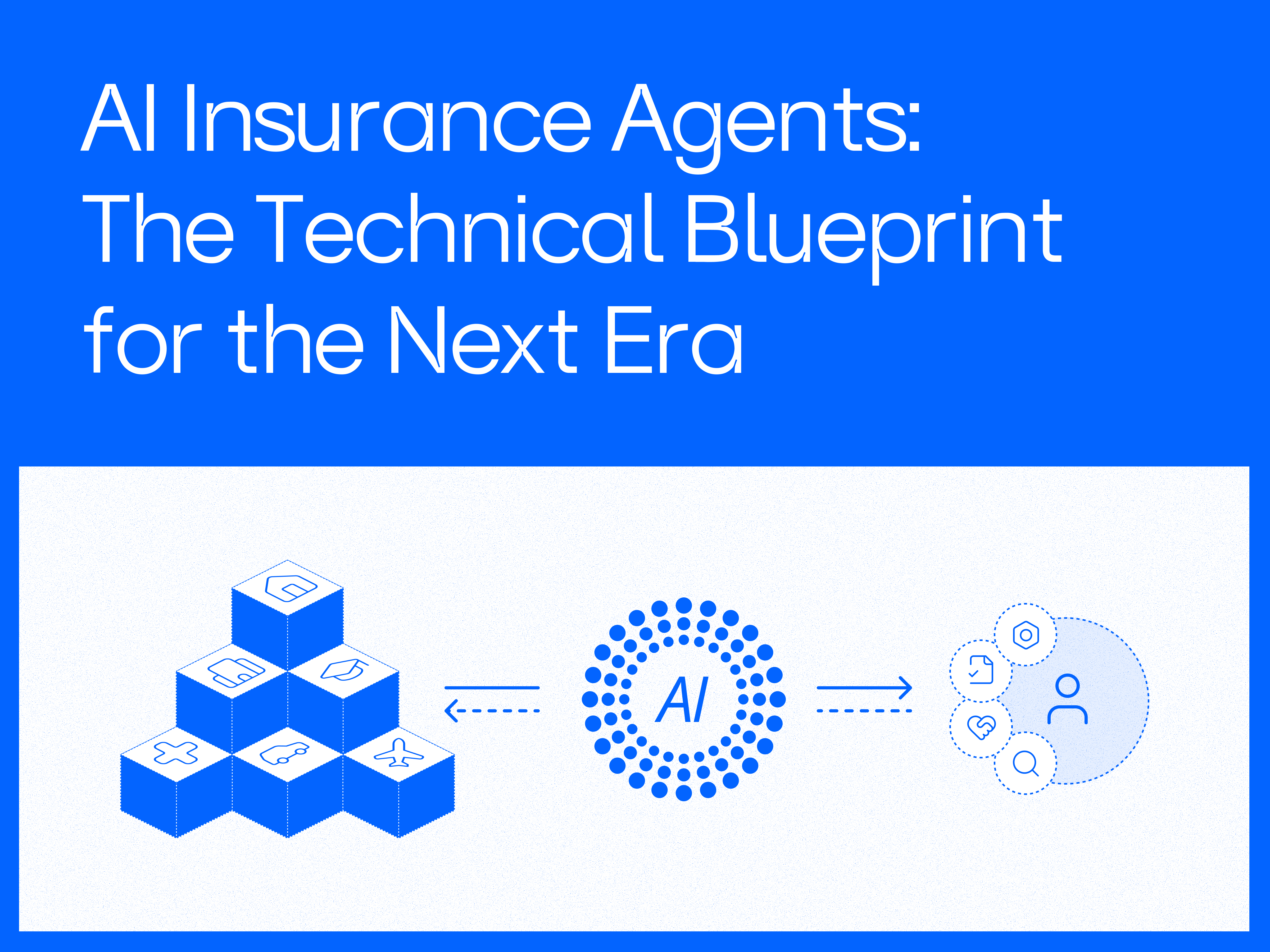
The insurance industry is on the brink of its next major technological shift. Customers demand faster, personalized service. By many estimates, 80–90% of enterprise data remains unstructured — locked in documents, emails, transcripts, and images (CDO Magazine, 2025). Competitors are moving quickly with AI to cut costs and capture market share.
AI agents in insurance represent a foundational leap forward. Unlike chatbots, these systems don’t just answer questions — they understand, reason, and act across end-to-end workflows. This isn’t incremental automation; it’s a new operating model for insurers.
Early movers are already realizing gains in claims speed, fraud reduction, and underwriting efficiency. Those who wait risk falling behind. This article outlines the technical blueprint for deploying AI agents in insurance — from use cases to architecture, implementation steps, and future trends.
What Makes AI Agents Different from Chatbots in Insurance
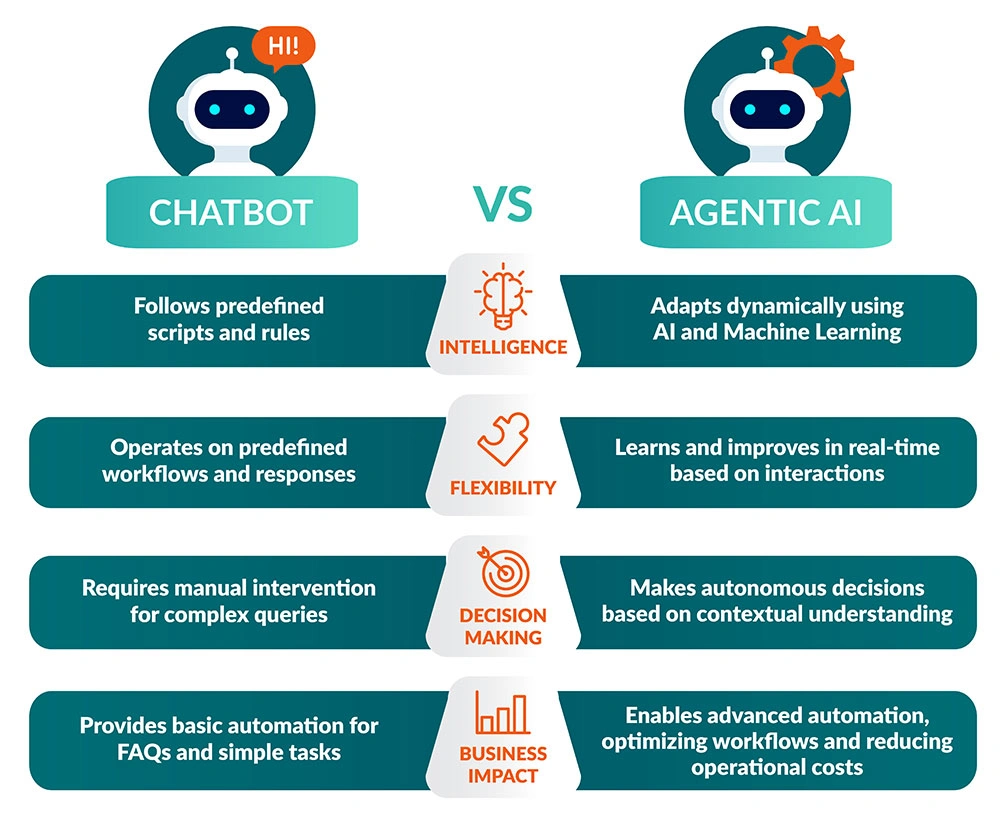
Figure 1: AI agents move beyond scripted chatbots — delivering contextual decision-making, handling unstructured data, and executing complete workflows. Image Source: Chetu
Traditional chatbots rely on scripted flows and often fail when customers go off-script. AI agents, by contrast, understand intent, remember past interactions, and act across channels. Instead of just answering a claim status query, an agent can triage the claim, escalate anomalies, and even initiate settlement.
- Chatbots: Scripted, linear, reliant on keywords. Fail when conversations deviate.
- AI Agents: Intent-driven, adaptive, contextual memory. Handle documents, images, voice, and IoT data while orchestrating full workflows.
Why this matters: Only AI agents can transform customer interactions into opportunities for faster resolution, fraud prevention, and loyalty growth.
High-impact applications for AI agents in insurance operations
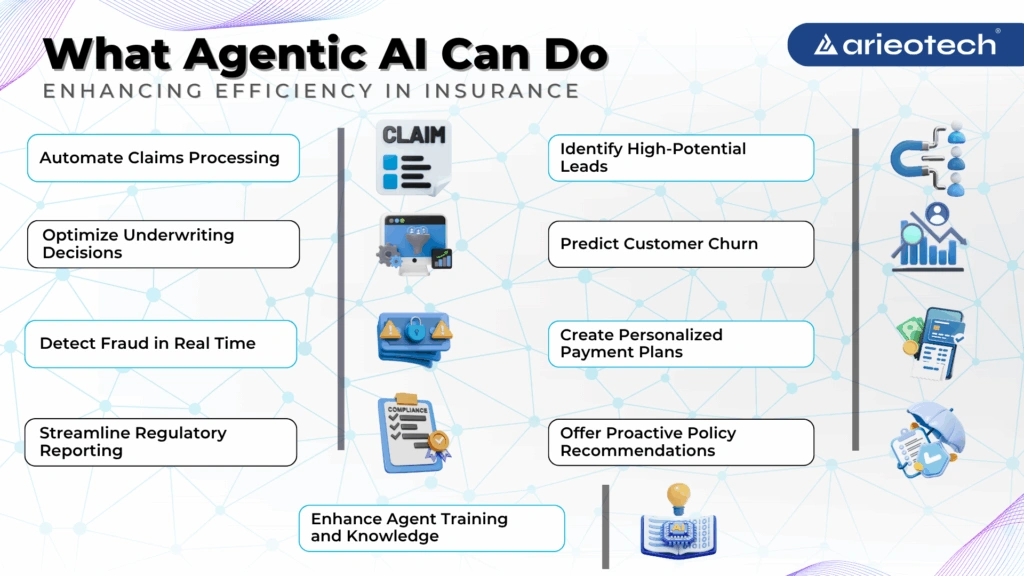
Figure 2: Claims, underwriting, fraud detection, onboarding, and omnichannel engagement are the domains where AI agents drive measurable ROI. Image Source: arieotech
- Claims Triage & Settlement - AI agents classify and route claims by severity, auto-settling simple ones and escalating complex cases.
- Bain estimates generative AI can cut loss-adjusting costs by 20–25% and shorten P&C claims processing by up to 50%.
- A PwC case study found AI models improved auto damage estimation efficiency by 29%.
- Faster settlement = lower costs + higher customer trust.
- Fraud Detection & Leakage Control - Fraud is the second-most costly white-collar crime in the U.S. AI agents combat it with:
- Text analytics to spot suspicious language.
- Image/video verification of damage.
- IoT and geospatial data for anomaly detection.
Industry estimates suggest AI could save $80B–$160B annually in reduced fraud and leakage by 2032. - Every fraudulent claim caught directly protects profitability.
- Underwriting Support - AI agents pull public records, scan policy histories, and generate real-time risk scores.
- BCG reports insurers using AI have achieved ~36% efficiency gains in complex underwriting lines.
- McKinsey shows frontrunners are embedding generative AI to expand into risks previously too costly to price.
- Start with renewals, then expand to new product underwriting.
- KYC & Onboarding
- Agents verify documents, biometrics, and compliance watchlists — compressing onboarding from days to minutes.
Eliminates friction for customers and accelerates revenue realization.
- Agents verify documents, biometrics, and compliance watchlists — compressing onboarding from days to minutes.
- Omnichannel Engagement
- By 2025, McKinsey projects 70% of insurance interactions will involve AI. Agents maintain context across channels, from chat to phone to app, ensuring seamless service.
- Customer experience becomes consistent, proactive, and scalable.
Core Technologies Powering AI Tools for Insurance Agents
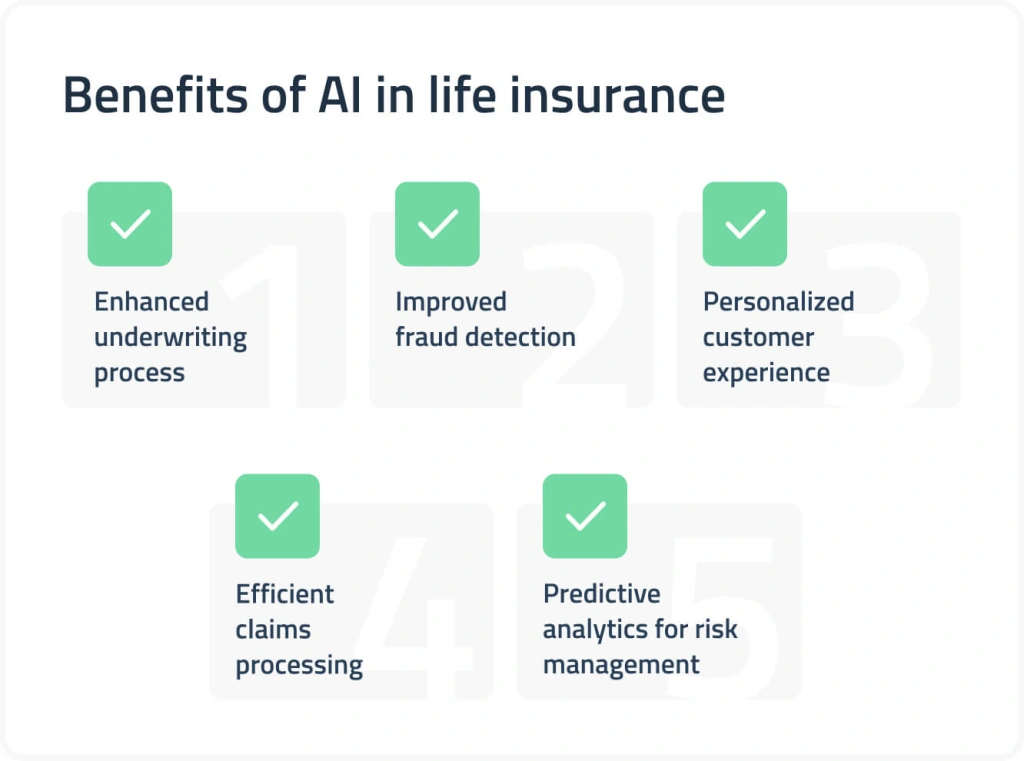
Figure 3: NLP, predictive analytics, LLMs, and IoT integration form the core stack that powers AI agent intelligence. Image Source:DICEUS
Four key technologies power this new class of agents:
- Natural Language Processing (NLP) — parsing claim notes, policy docs, even social chatter.
- Predictive Analytics — enabling dynamic risk scoring and pricing.
- Large Language Models (LLMs) — handling reasoning, summarization, and domain-specific policy interpretation.
- IoT Integration — leveraging telematics, sensors, and wearables for proactive risk management.
Insurers should evaluate platforms on how well they integrate these four pillars into a unified agent orchestration layer.
How to Implement AI Agents in Insurance Workflows
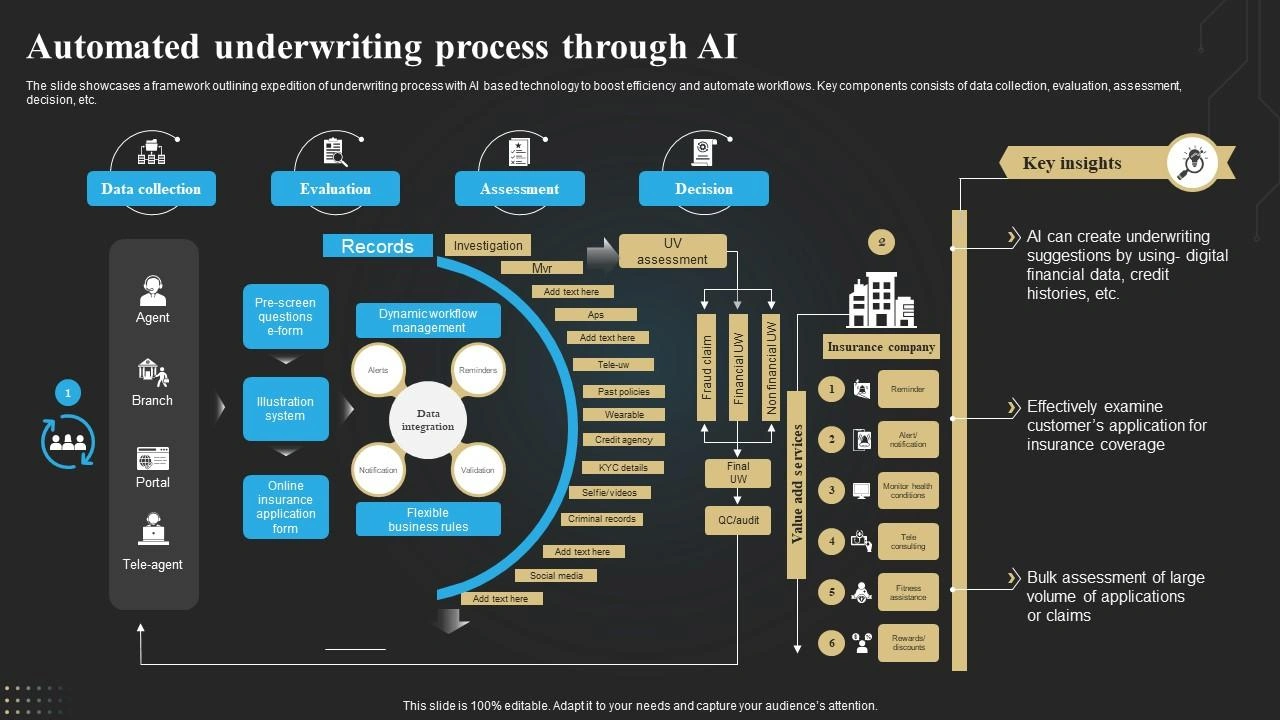
Figure 4: A five-step roadmap to successful AI agent deployment: define goals, prepare data, select platforms, pilot, and scale. Image Source:SlideTeam
Adoption works best when insurers follow a structured approach:
- Define Goals & Use Cases — focus on high-value areas first (claims, fraud, underwriting).
- Prepare Data & Governance — unify structured and unstructured sources, establish quality standards.
- Select Platforms & Partners — prioritize scalability, integration, and compliance features.
- Pilot & Validate KPIs — measure against claims cycle time, cost savings, leakage reduction.
- Train Teams & Scale — upskill employees, embed explainability, expand capabilities.
Start small but measurable. Build internal momentum and expand from pilots to enterprise scale.
Challenges and Risks in AI Agent Deployment
Legacy integration, algorithmic bias, customer trust, and adversarial attacks all represent real risks. For instance, 57% of insurance decision-makers in an EY survey cited legacy IT system integration as a significant barrier to adopting generative AI. EY
- Legacy systems & technical debt: Many insurers operate with siloed systems, custom integrations, and aging infrastructure — making it difficult to plug in modern AI agents. The EPAM digital modernization report shows 45% of insurance execs name legacy as their top obstacle. EPAM Systems
- Bias & fairness: AI models trained on imperfect historical data may perpetuate unfair outcomes, especially in claims or underwriting decisions.
- Trust & transparency: When customers see decisions driven by AI, lack of explainability can erode confidence (especially in high-stakes contexts like denials).
- Adversarial attacks & model robustness: AI systems face risk of manipulated inputs (adversarial examples) that evade detection or cause incorrect outputs. arXiv
Mitigate these risks via:
- Explainability & audit trails — design agents to surface reasoning, decision factors, and allow human override.
- Governance & guardrails — enforce constraints, fairness checks, and model validation loops.
- Hybrid oversight — human-in-the-loop review, exception handling, escalation paths.
- Robust testing & adversarial defense — simulate attacks, monitor drift, assess robustness continuously.
Future Outlook: AI Insurance Agents in 2025 and Beyond
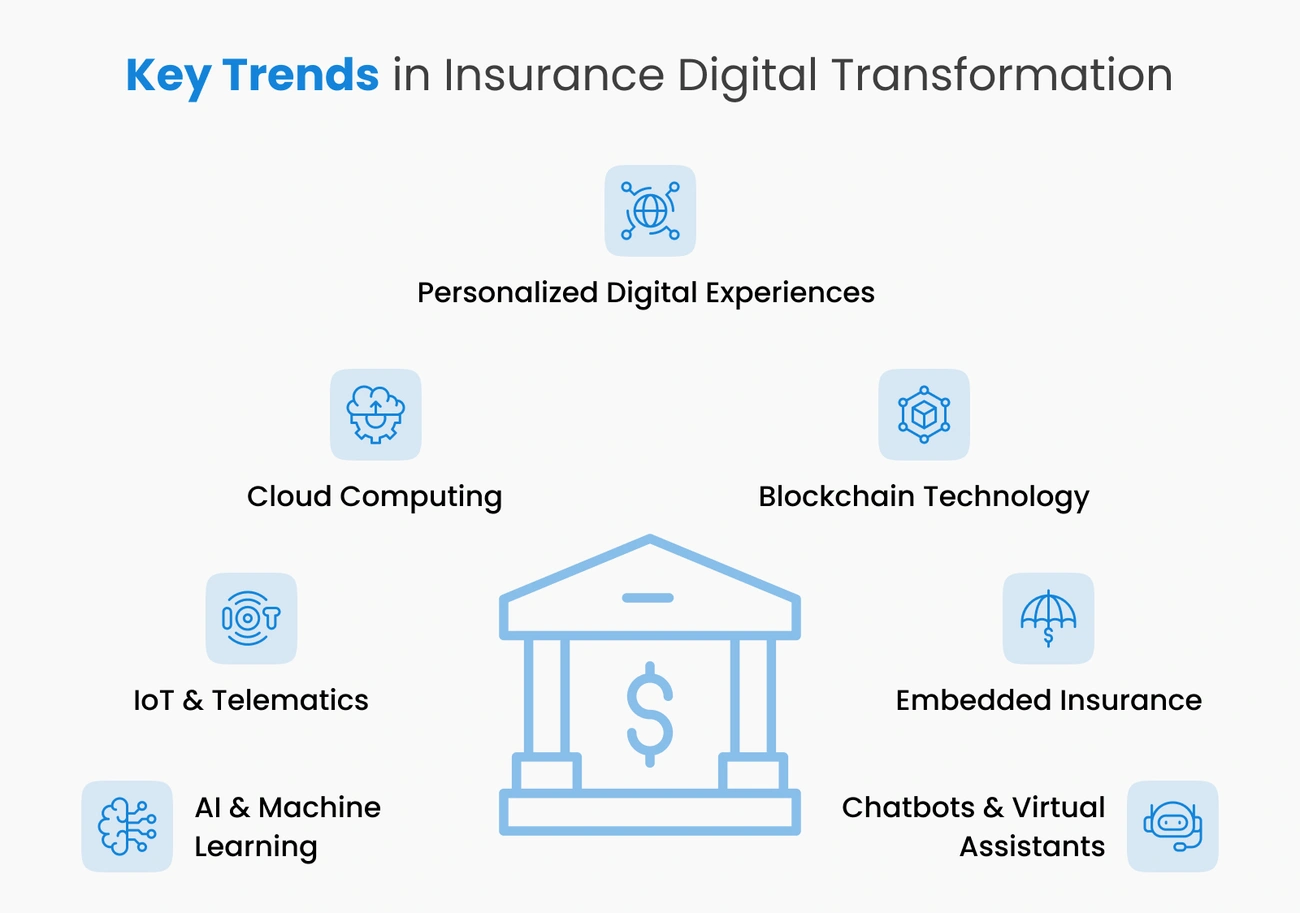
Figure 5: Explainable AI, real-time pricing, hybrid human-AI teams, and blockchain integration will define the next insurance operating model. Image Source: spec india
By 2025, insurers can expect:
- Real-time pricing: IoT + AI allow insurers to move from “repair after” to “predict and prevent.”
- Explainable AI (XAI): Compliance standards will soon make transparency mandatory.
- AI-human hybrid teams: Underwriters and adjusters focus on judgment calls while agents handle repetitive volume.
- Smart contracts on blockchain: Claims triggered and settled automatically with predefined rules.
Leaders who prepare now will set the benchmarks for the industry’s future.
Conclusion
AI agents in insurance are no longer experiments — they’re becoming the backbone of how modern carriers operate. The evidence is clear: insurers deploying AI agents are cutting claims cycle times in half, reducing fraud leakage by billions, and accelerating underwriting decisions with greater accuracy.
But success depends not just on adopting AI, but on how strategically it’s deployed. Insurers that start with clear business goals, build strong data foundations, and embed governance and explainability into their AI programs are pulling ahead. Those who hesitate risk being left behind as customer expectations and regulatory demands move faster than their legacy systems can keep up.
The blueprint is here. What matters now is execution.
At Adopt AI, we help insurers turn this blueprint into reality — deploying enterprise-ready AI agents that integrate quickly, scale securely, and deliver measurable ROI.
Key Takeaways
- AI agents ≠ chatbots — They execute end-to-end workflows, process unstructured data, and improve continuously through feedback.
- Six priority use cases — Claims triage, fraud detection, underwriting, onboarding, policy personalization, and omnichannel engagement offer the fastest ROI.
- Four core technologies power adoption — NLP, predictive analytics, LLMs, and IoT integration.
- Implementation requires discipline — Define goals, prepare data, pilot with KPIs, then scale.
- Risks are real but manageable — Legacy integration, bias, trust, and security must be addressed through governance and oversight.
- The future is arriving fast — Real-time pricing, explainable AI, AI-human hybrid teams, and blockchain contracts will reshape the industry.
Browse Similar Articles
Accelerate Your Agent Roadmap
Adopt gives you the complete infrastructure layer to build, test, deploy and monitor your app’s agents — all in one platform.




.svg)
.svg)

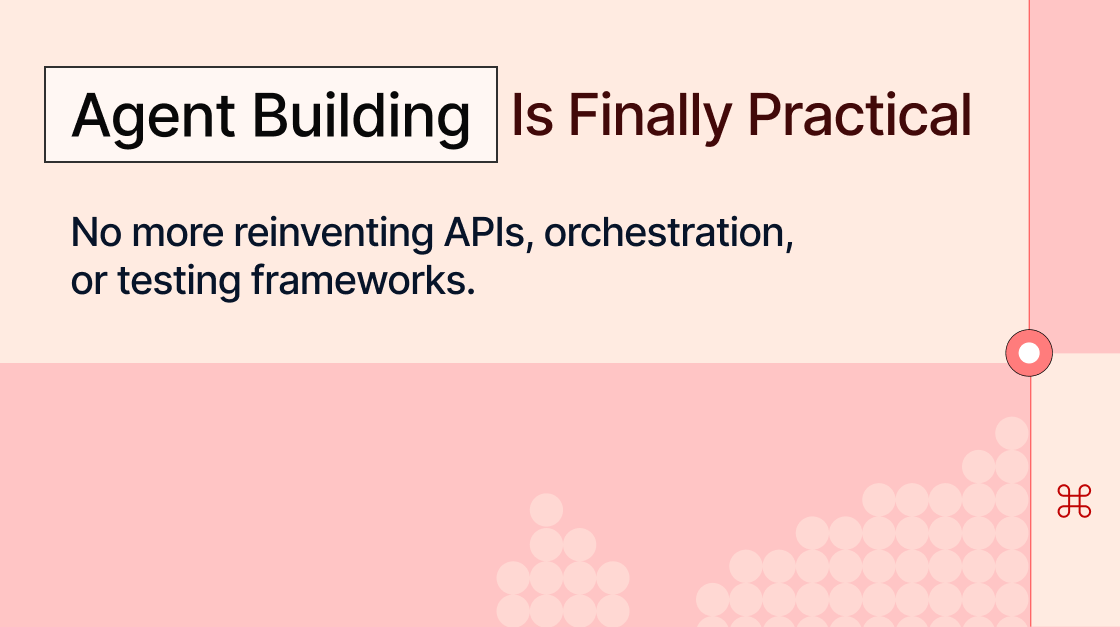

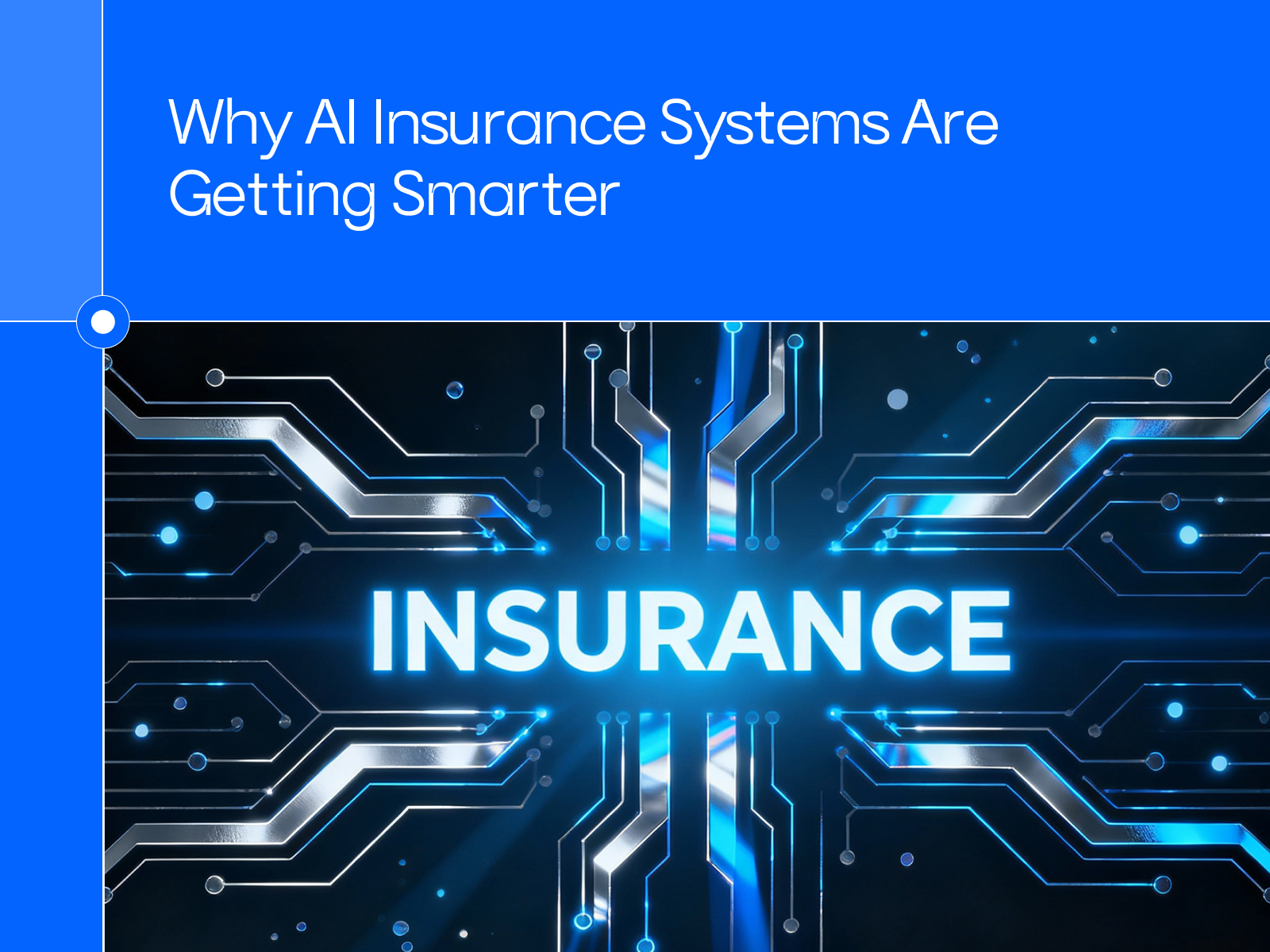

.svg)

.svg)
